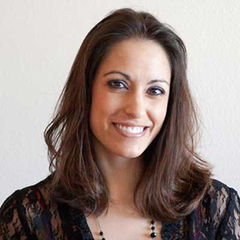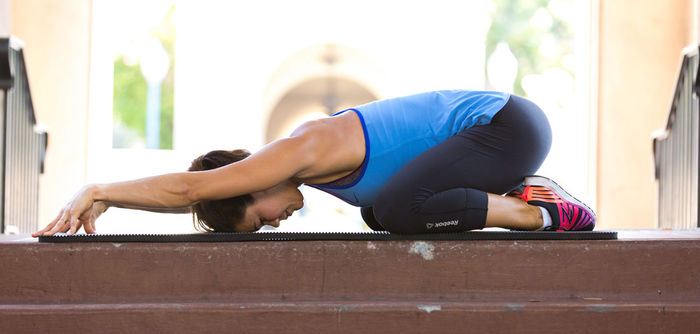While the fall and winter seasons bring colorful changes, they can also be a source of struggle for many. Seasonal affective disorder, or SAD (aptly named), is defined as a type of depression that results from the change in seasons.
Most commonly, SAD affects individuals during the fall and winter months due to less light, shorter days and colder temperatures. In fact, Daylight Savings Time specifically impacts our health. People generally feel less energized and motivated. However, SAD usually resolves by the time spring and summer arrive. Although atypical, SAD can occasionally work in reverse and impact individuals in the spring and summer and resolve by fall and winter.
It's common to experience seasonal blues, but you do not have to suffer in silence. The first step to combatting seasonal depression is to recognize the signs and symptoms associated with SAD.
Common Symptoms
For those who experience late fall and winter (fall-onset) SAD, take some time to inventory how you are feeling as the seasons begin to shift, . The following symptoms can range from mild to severe:
· Lack of energy, sluggishness, listlessness and feeling down most of the day on most days of the week
· Loss of interest in hobbies or usual activities
· Sleep disturbances or sleeping too much (having the desire to “hibernate”)
· Increase in carbohydrate cravings or comfort food cravings
· Feelings of hopelessness
· Lack of focus or inability to concentrate
· Feeling guilty or worthless
· Bingeing and weight gain
In contrast, those who experience spring and summer (spring-onset) SAD symptoms typically experience insomnia, reduced appetite, weight loss and increased anxiety and/or irritability.
Risks and Causes
It appears that SAD is rare in individuals under the age of 20 and women are affected more than men.
The lack of sunlight is believed to impact brain chemistry, which may be one reason symptoms begin to appear. In addition, melatonin, a hormone the body naturally makes, is linked to SAD due to the fact that when the days are darker (or shorter), the body makes more melatonin , causing a greater need or desire to sleep for longer periods of time. However, there is no clear cause of seasonal affective disorder.
Common Treatments
There are a variety of treatment options and therapeutic modalities that are supportive and effective for those dealing with SAD symptoms. Typically included are therapies like exposure to sunlight (or artificial sunlight), cognitive-behavioral therapy (CBT) and counseling, and pharmaceutical agents.
What should you do if you suspect you have SAD?
Developing a sense of awareness about how you feel at the start and end of each season is important. Create a self-monitoring system such as journaling, daily or weekly check-ins or a Likert mood scale you can use to easily chart your seasonal experiences. From here, you will be able to identify patterns within your moods and habits.
If you suspect you are experiencing the beginning of SAD, it is best to seek guidance from a licensed mental health professional so that an intervention can be identified before symptoms worsen.
Other tactics you can employ include:
· Engage in regular movement
· Confide in a trusted friend or confidant about how you are feeling
· Check with your employer to see if they offer an employee-assistance program through insurance
· Practice mindfulness through breathing exercises and/or meditation
· Prioritize nutrient-dense foods and water
· Schedule time for yourself
· Identify preferred self-care practices such as a massage, reading and listening to music
· Grant yourself grace and space to heal as you need
SAD may be considered seasonal, but it is no less important to address than more chronic conditions. Seek the guidance of a licensed professional to conduct a thorough examination and diagnosis and identify the treatment modalities that are helpful to your unique situation and experience.




 by
by 








 by
by